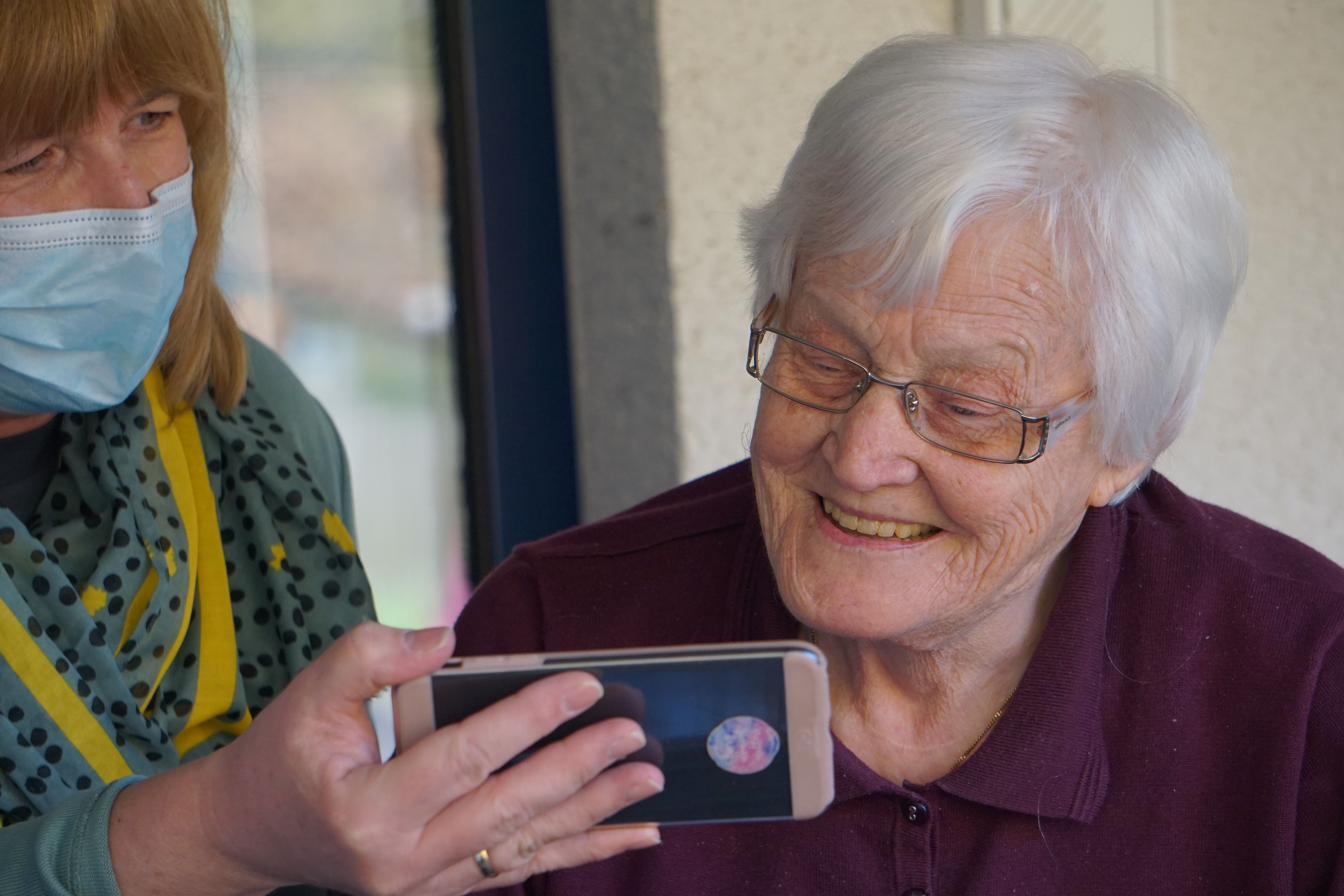Encouraging Vaccinations in Skilled Nursing Facilities
Trying to increase COVID-19 vaccination rates in these populations has been challenging. In an attempt to do so, a randomized clinical trial across 133 skilled nursing facilities (SNFs) was performed.

Vaccination coverage is increasingly a hurdle across the world. From inequity to hesitation, we are struggling to ensure people are vaccinated against COVID-19. The United States especially has struggled with COVID-19 vaccination despite facing severe significant surges.
SNF in particular are one exceedingly vulnerable space in which patients and employees have been significantly impacted by the COVID-19 pandemic. Sadly, SNF residents and staff account for 4% of COVID-19 cases and 31% of deaths in the United States as of June 2021.
Despite the impressive efficacy of these vaccines, there is often still a challenge in increasing vaccination rates. To increase these rates, a randomized clinical trial across 133 SNFs was performed. The research team included 7496 residents and nearly 18,000 staff. Within this trial, over 81% of residents and 53.7% of staff were vaccinated in this trial, which included a 3-month campaign to encourage vaccination.
The research team shared that through the Pharmacy Partnership Program (PPP), they were able to collect data on 4 health care systems across 16 states. The interventions were each identified at a facility level and included “(1) educational material and electronic messaging for staff; (2) town hall meetings with frontline staff (nurses, nurse aides, dietary, housekeeping); (3) messaging from community leaders; (4) gifts (eg, T-shirts) with socially concerned messaging; (5) use of a specialist to facilitate consent with residents’ proxies; and (6) funds for additional COVID-19 testing of staff/residents.”
The goal, of course, for the study was to increase vaccination rates, but the research team designated outcomes from the study as a proportion of the residents and staff who received the vaccine, meaning a binary outcome. A detailed breakdown of the residents staff, and facilities noted that “Most facilities were for-profit (95; 71.4%), and 1973 (26.3%) of residents were Black. Among residents, 82.5% (95% CI, 81.2%-83.7%) were vaccinated in the intervention arm, compared with 79.8% (95% CI, 78.5%-81.0%) in the usual care arm (marginal difference 0.8%; 95% CI, −1.9% to 3.7%). Among staff, 49.5% (95% CI, 48.4%-50.6%) were vaccinated in the intervention arm, compared with 47.9% (95% CI, 46.9%-48.9%) in usual care arm (marginal difference: −0.4%; 95% CI, −4.2% to 3.1%). There was no association of race with the outcome among residents.”
While this vaccine campaign didn’t have quite the intended outcome the research team would’ve liked, thankfully the vaccination rates were high among SNF residents. Vaccination rates among healthcare workers still remains a significant challenge though. It was reported that just prior to this study (December 2021 to March 2021), roughly 1/3 of healthcare workers in the United States were fully vaccinated. This is deeply worrisome and a likely indication for why many hospitals opted to mandate vaccines in their healthcare workers. Ultimately though, we can learn much from this study– what works, what doesn’t, and the important work of addressing healthcare worker vaccine hesitancy, which is something we need to invest resource into. Easily one of the most exposed and vulnerable populations, healthcare workers must be protected against vaccine-preventable diseases and part of that involves addressing hesistancy and access.
